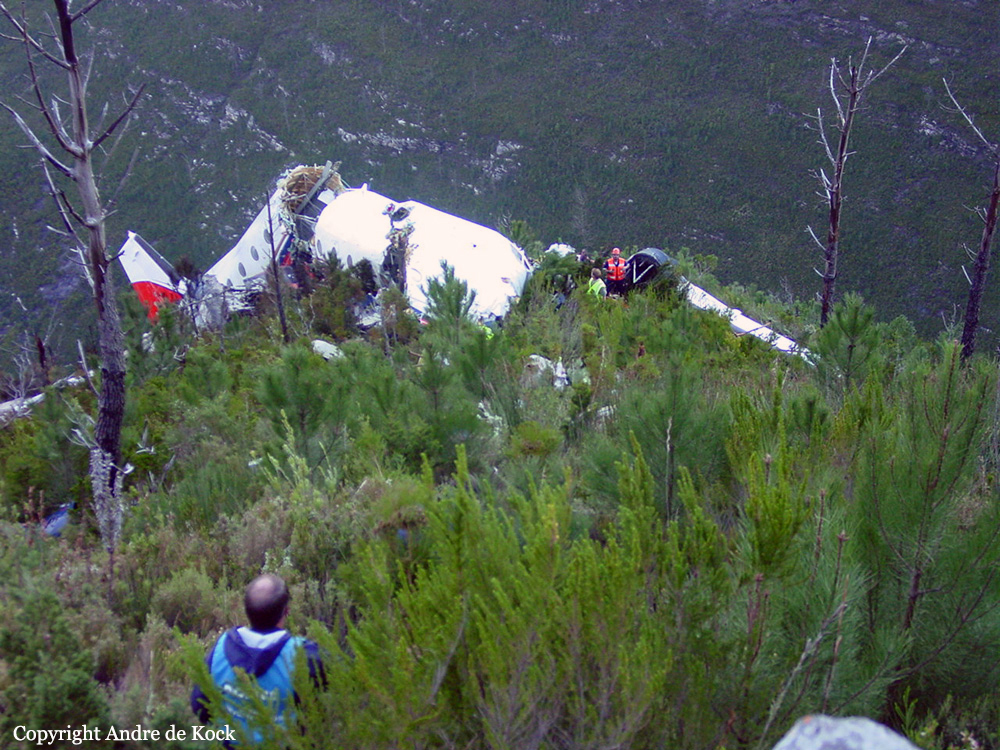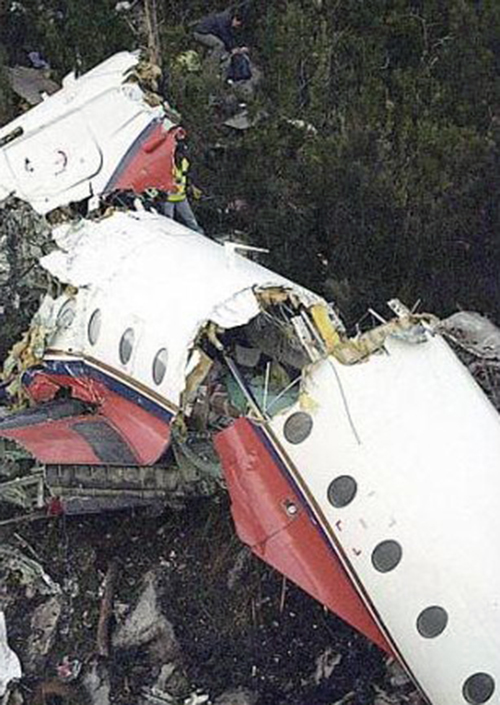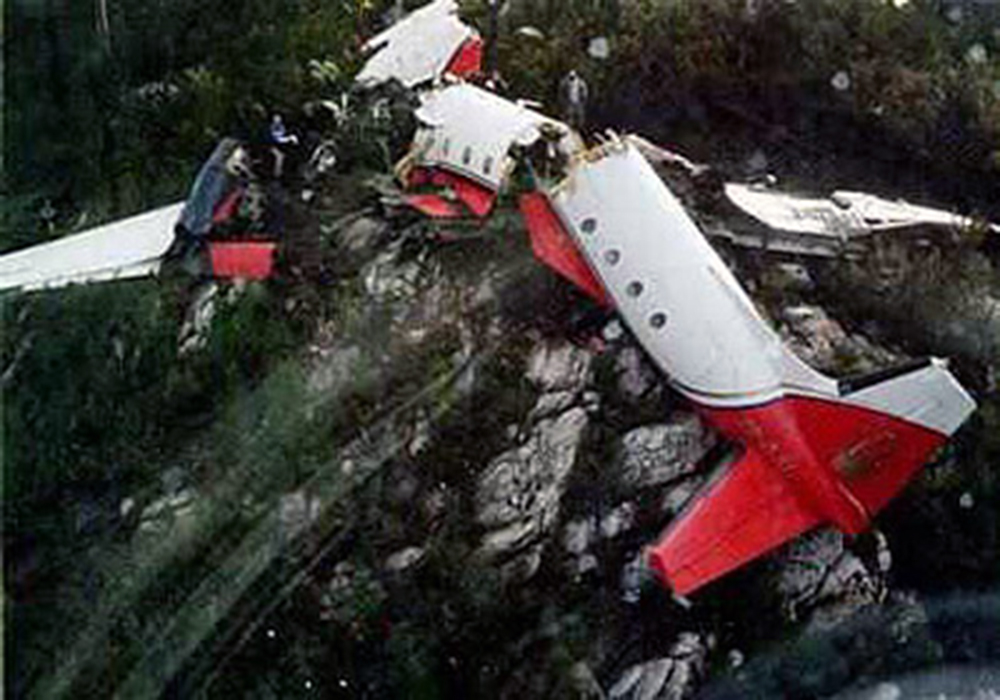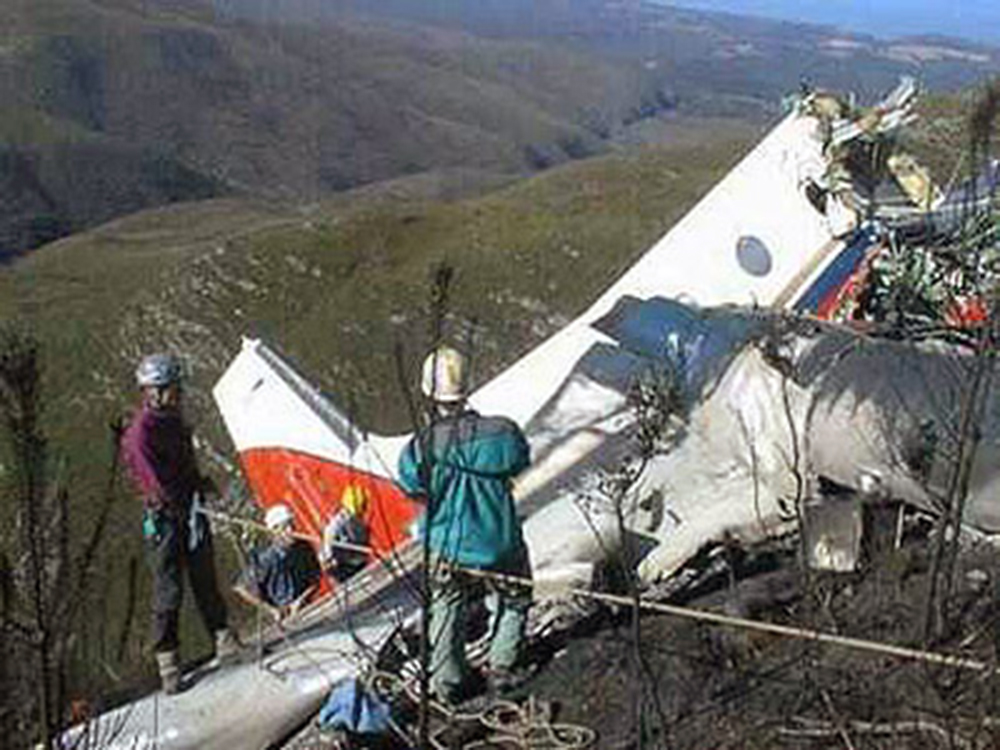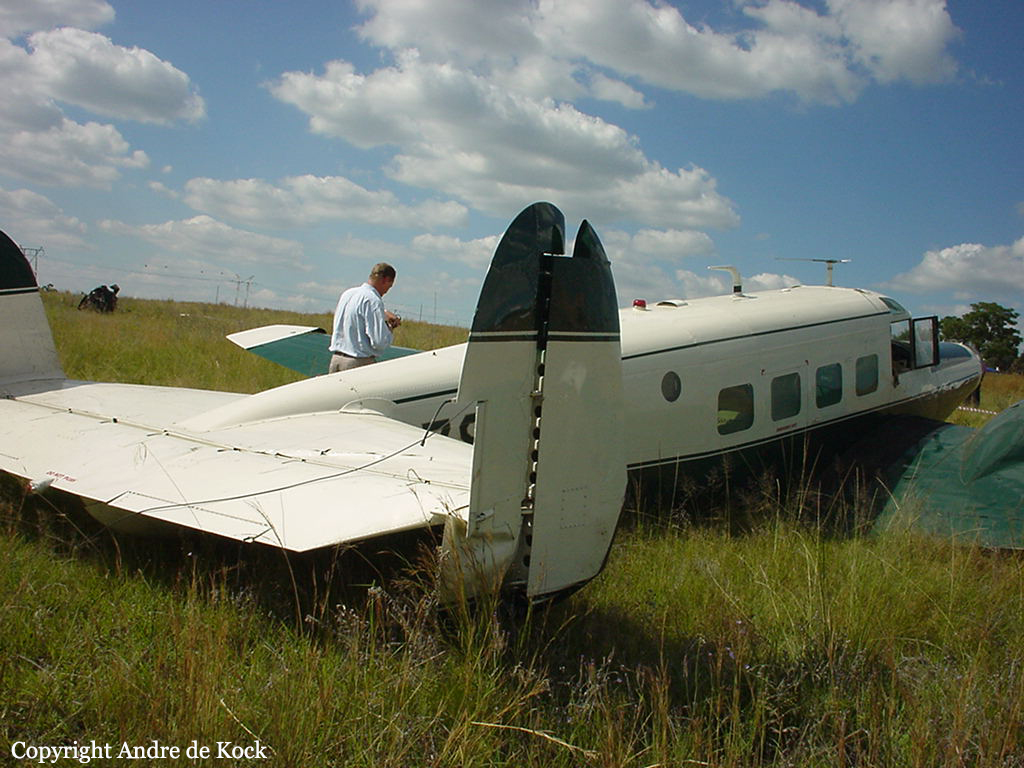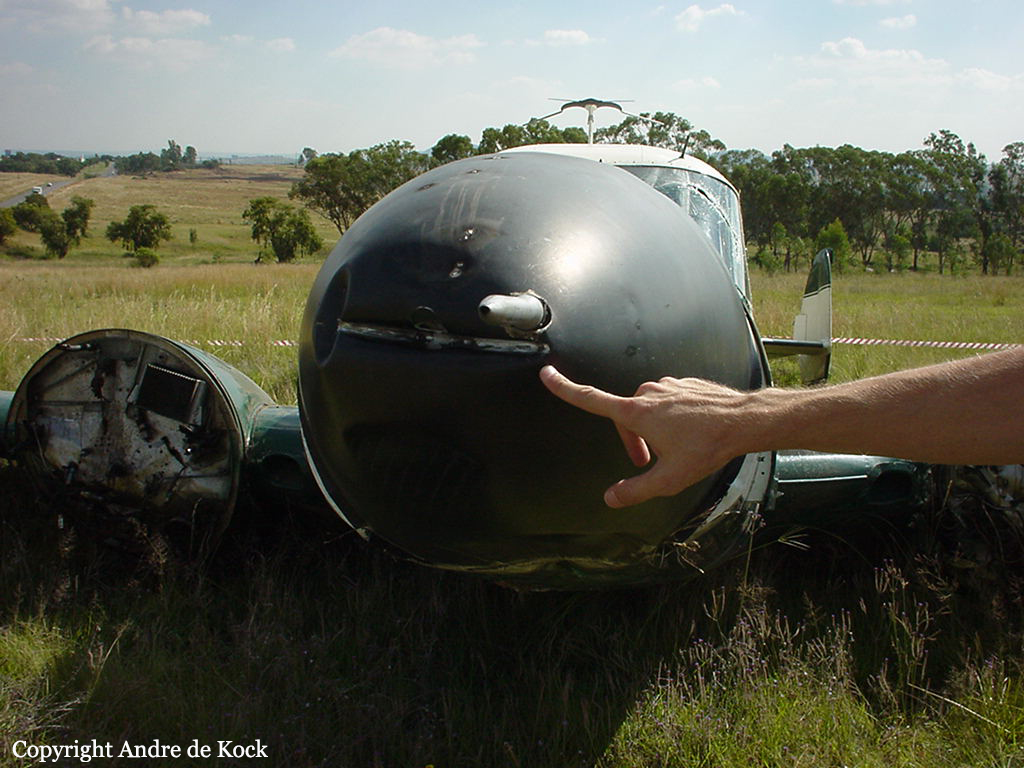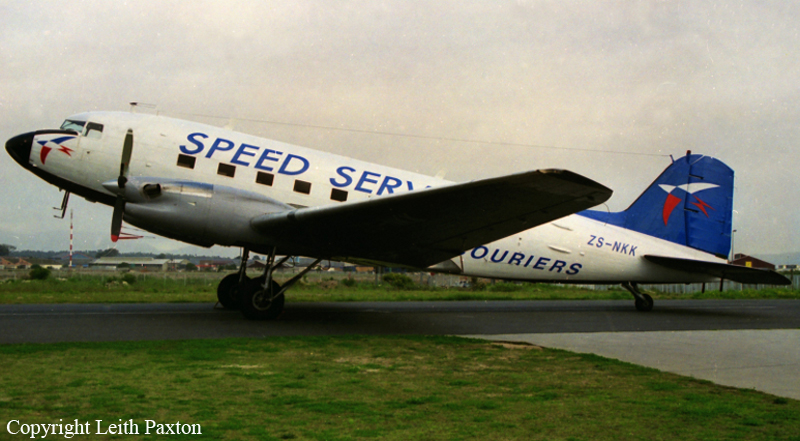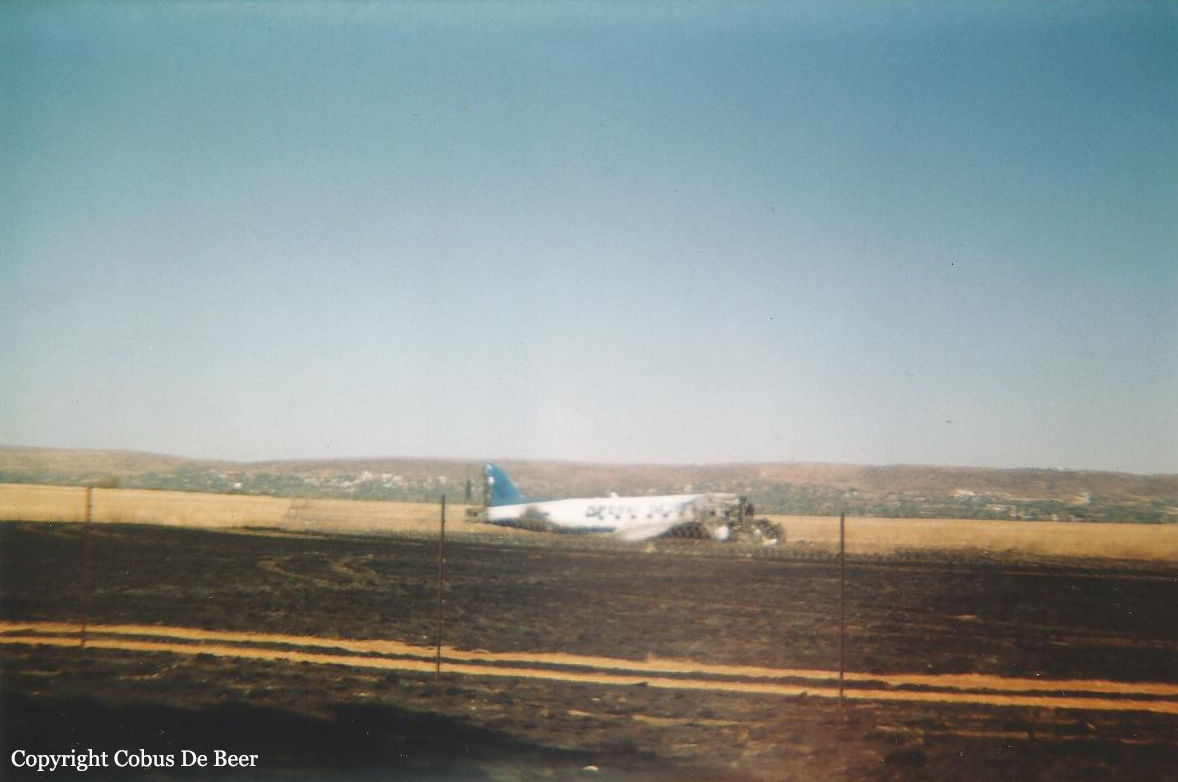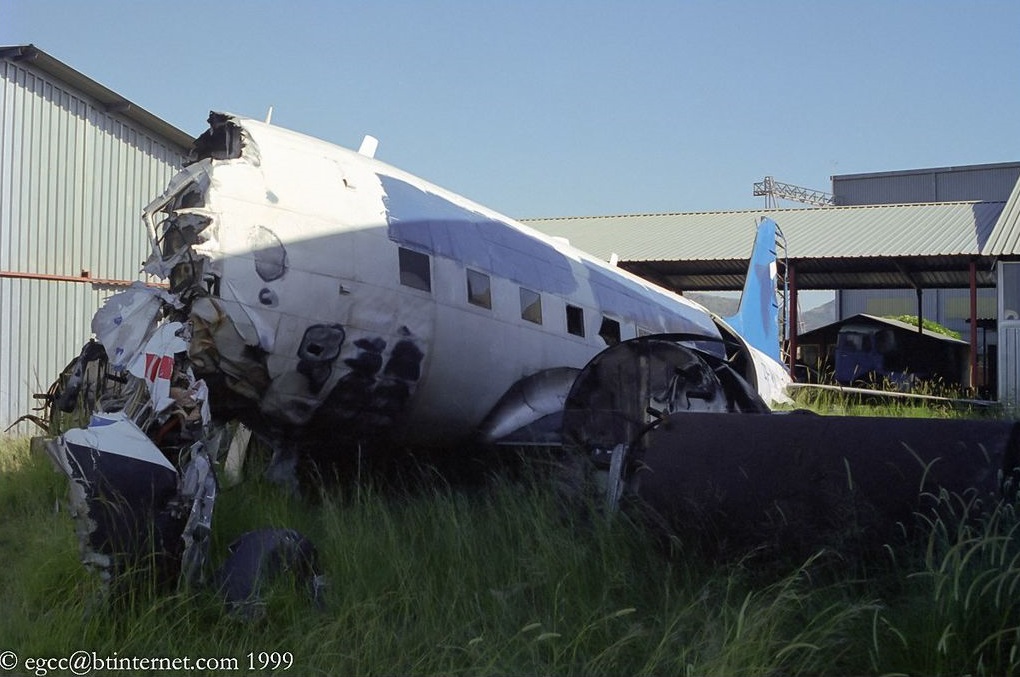Crash of an Avro 748 in George: 3 killed
Date & Time:
Jun 1, 2002 at 0715 LT
Registration:
ZS-OJU
Survivors:
No
Schedule:
Bloemfontein - George
MSN:
1782
YOM:
1980
Crew on board:
2
Crew fatalities:
Pax on board:
1
Pax fatalities:
Other fatalities:
Total fatalities:
3
Captain / Total hours on type:
1819.00
Copilot / Total hours on type:
518
Aircraft flight hours:
14226
Aircraft flight cycles:
19789
Circumstances:
The aircraft was on a scheduled freight flight from Bloemfontein to George. Poor weather conditions prevailed over the George area and the pilots had to execute an instrument guided approach for the landing. The ground based Instrument Landing System (ILS) on Runway 29 at George Aerodrome was intermittently unreliable during the approach. The pilots decided to execute a missed approach. During the missed approach the pilots did not comply with the published missed approach procedure and with a combination of strong winds and possible erroneous heading indications they lost situational awareness. They flew the aircraft into a valley and crashed into the side of the mountains North-East of the George Aerodrome. The passenger was Hansie Cronje, a former South African cricket captain who had missed a South African Airlines flight.
Probable cause:
The crew deviated from the prescribed missed approach procedure during an attempted Instrument Landing System landing on Runway 29 at George in Instrument Meteorological Conditions and lost situational awareness aggravated by the presence of strong upper SouthWesterly winds. They allowed the aircraft to drift off course resulting in a controlled impact with terrain 6.7 nm North-East of the aerodrome. Contributing factors to the probable cause were the weather conditions, the intermittent unreliability of the Instrument Landing System, the serviceability of the directional gyro and the uncleared defects.
Final Report:


